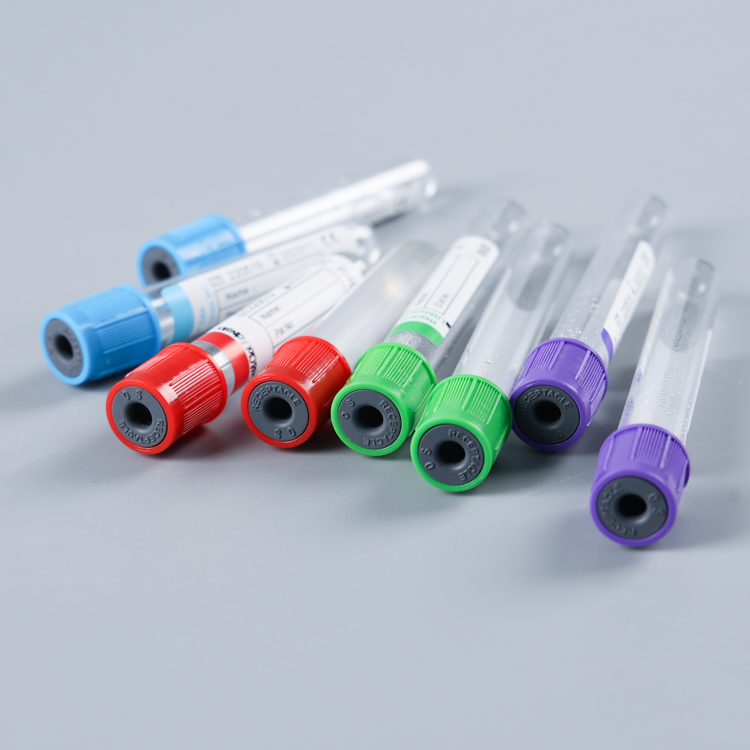The curing temperature of different curing agents varies significantly, and so does the heat resistance of the resulting cured materials. Generally speaking, a curing agent with a higher curing temperature tends to produce a material with better heat resistance. For addition polymerization-type curing agents, the order of increasing curing temperature and heat resistance is as follows:
Aliphatic polyamine < Alicyclic polyamine < Aromatic polyamine < Phenolic anhydride
Curing agents based on catalytic addition typically offer heat resistance comparable to that of aromatic polyamines. Meanwhile, anionic polymerization types (such as tertiary amines and imidazolium antimony) and cationic polymerization types (like BF3 complexes) have similar heat resistance levels. This is mainly due to differences in their initial reaction mechanisms, but both eventually form an ether-bonded network structure.
The curing process itself is a chemical reaction that is highly sensitive to temperature. As the temperature increases, the reaction rate accelerates, and the gel time decreases. In most cases, the logarithm of the gel time shows a linear decrease with rising curing temperature. However, if the temperature is too high, it can negatively affect the final properties of the cured product, meaning there's an upper limit to the curing temperature. Therefore, a balanced temperature must be selected—one that ensures an appropriate curing speed while maintaining good performance of the final material.
Based on their curing temperatures, curing agents can be classified into four main categories: low-temperature curing agents operate below room temperature, room-temperature curing agents work between room temperature and 50°C, medium-temperature curing agents function between 50°C and 100°C, and high-temperature curing agents require temperatures above 100°C.
Low-temperature curing agents are relatively rare, with examples including polydecyl alcohol and polyisocyanate types. Recently, modified amines such as T-31 and YH-82 developed in China can cure at temperatures as low as 0°C or even lower. Room-temperature curing agents, on the other hand, are more common and include aliphatic polyamines, alicyclic polyamines, low-molecular-weight polyamides, and modified aromatic amines. Medium-temperature curing agents may consist of certain alicyclic polyamines, tertiary amines, carbazoles, and boron trifluoride complexes. High-temperature curing agents often include aromatic polyamines, acid anhydrides, resole phenol resins, amino resins, dicyandiamide, and hydrazides.
When dealing with high-temperature curing systems, it's common to use a two-stage curing approach. Initially, the material is cured at a lower temperature before gelling. Once the gel state is reached or slightly exceeded, a post-curing step at a higher temperature is performed to complete the cross-linking process. This pre-curing stage helps ensure proper structural development and enhances the overall performance of the final product.
In the clinical medical experiments usinghuman venous blood as specimensome take the serum from the specimen as the experimental object.The blood collection tubes suitable for this type of medical tests are called serum blood collection tube.

Blood Collection Tubes,EDTA Tube,Vacutainer Tubes,Blood Tubes,Serum Separator Tube
Yong Yue Medical Technology(Kunshan) Co.,Ltd , https://www.yonyue.com